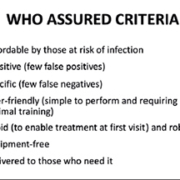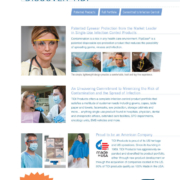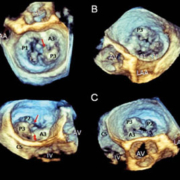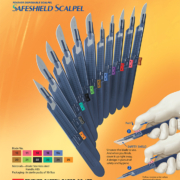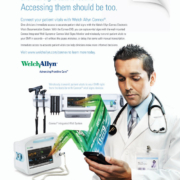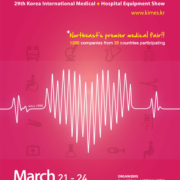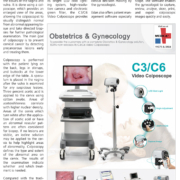The intensive care unit (ICU) is a distinct area of the hospital that provides critically ill patients with a degree of advanced organ support, intensive monitoring, and high nurse-patient ratios that is not available on the general ward. This article outlines the progress made in recent decades in terms of technology and equipment, therapeutics and process of care and identifies some of the challenges ahead.
by Prof. Jean-Louis Vincent
Florence Nightingale is widely credited with being the first to suggest that critically ill patients needed special, separate care, during the Crimean War in the 1850s. However, it was not until some 100 years later that the first ICUs began to be built, largely as a response to the numbers of patients requiring ventilator support following the polio epidemics of the 1950s. Since those early days, intensive care medicine has grown exponentially in terms of the numbers of patients admitted, our understanding of the complex pathophysiological processes affecting ICU patients, technological development, and resource use and costs. In other areas, intensive care has changed more slowly, but steady improvements have been made, such as in process of care.
Some five million adults are now admitted to an ICU every year in the US and a similar number across Europe. As the population ages, more patients are treated with immunosuppressive therapies, and the boundaries of medical treatment continue to expand, this number will continue to rise. Moreover, as emergency care transport and management improves, more patients will survive acute illness and severe trauma to reach the ICU. The vast majority of ICU patients will survive their ICU stay, but for the most severely ill, 30-35% will die. Recent studies have suggested that survivors are at an increased risk of death, depression, cognitive impairment, muscle weakness, and other functional disabilities long after they are discharged from the ICU.
Against this background, let us look back briefly at some of the ways in which intensive care has changed over the past 60 years, focusing on three key areas

